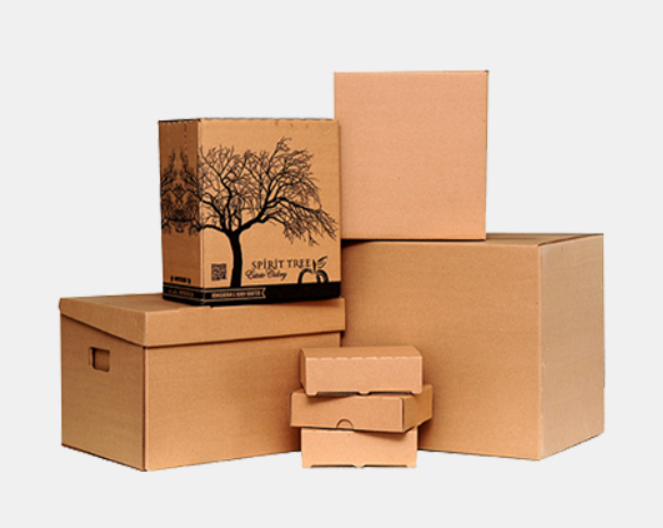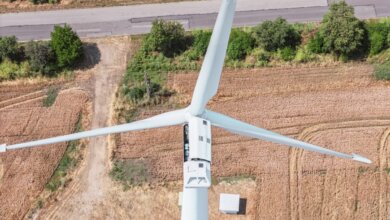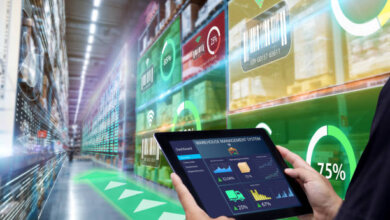The Rise of Sustainable Corrugated Packaging in 2025

In 2025, sustainable corrugated packaging has emerged as a driving force in the global push toward eco-conscious business practices. This transformation is the result of growing consumer demand for eco-friendly products, stricter environmental regulations, and continuous technological advancements. Once seen simply as a functional material for shipping and storage, corrugated packaging is now a key player in building sustainable supply chains worldwide.
The Sustainability Imperative
Consumer expectations have shifted dramatically in recent years. Today’s shoppers are more informed and environmentally conscious than ever before. Surveys reveal that a significant majority of consumers prefer to purchase from brands that prioritize sustainable packaging. For many buyers, packaging is not just a container — it’s a reflection of the company’s values.
This shift is not a passing fad but a permanent change in purchasing behavior. Businesses that continue to rely on non-recyclable or environmentally harmful packaging risk alienating their customer base. On the other hand, companies that embrace sustainable corrugated packaging gain an advantage: increased brand loyalty, improved market reputation, and the ability to stand out in competitive industries.
Innovations in Corrugated Packaging
The corrugated packaging industry has embraced innovation to meet both environmental and business needs. Several advancements have contributed to making corrugated solutions more efficient, attractive, and planet-friendly.
1. Smart Packaging Integration
Modern corrugated packaging is more than just cardboard. Features like QR codes, NFC chips, and printed instructions help consumers learn about the product, verify authenticity, and understand how to dispose of the packaging responsibly. This blend of sustainability and technology fosters transparency and customer trust.
2. Advanced Printing Techniques
Sustainability in printing is gaining momentum. Digital printing and water-based inks have significantly reduced the environmental footprint of packaging production. These techniques eliminate harmful chemicals, minimize waste, and produce vibrant designs without sacrificing quality.
3. E-commerce Adaptation
The e-commerce boom has driven demand for protective, space-efficient, and easy-to-assemble corrugated packaging. Brands are now using custom-fit boxes that reduce void space, minimize filler material, and improve shipping efficiency. This not only saves costs but also cuts down on unnecessary waste.
Market Growth and Dynamics
The global demand for sustainable packaging is expected to keep rising well into the next decade. Corrugated packaging, with its recyclability, reusability, and biodegradability, is leading this growth. Businesses across industries — from food and beverage to electronics and fashion — are moving away from plastic and other non-recyclable materials in favor of corrugated alternatives.
Major e-commerce platforms, retailers, and manufacturers have already committed to switching to recyclable paper-based packaging. For example, many fashion brands now use corrugated packaging for shipping high-end apparel, while food companies rely on specially treated corrugated boxes to preserve freshness without compromising on sustainability.
Regulatory and Consumer Pressures
Governments worldwide are tightening regulations on packaging waste, single-use plastics, and recycling standards. New rules encourage — and in many cases require — companies to use sustainable, recyclable, or compostable materials in their packaging.
This regulatory pressure is complemented by a powerful consumer push. More shoppers are willing to pay a premium for eco-friendly products, and they actively seek out brands that align with their environmental values. As a result, sustainable corrugated packaging is no longer optional — it’s a necessity for businesses that want to remain competitive and relevant.
The Broader Impact on Supply Chains
Switching to sustainable corrugated packaging benefits more than just the end consumer. Across the supply chain, businesses are experiencing:
-
Reduced Material Costs through optimized designs and lightweight construction.
-
Lower Carbon Footprints by using recycled content and minimizing production waste.
-
Improved Logistics Efficiency from packaging that’s easier to stack, store, and transport.
-
Better Brand Storytelling by communicating sustainability efforts through packaging design.
Corrugated packaging also supports a circular economy, where materials are reused, recycled, and reintegrated into the production cycle. This reduces the strain on natural resources and helps companies meet corporate sustainability goals.
Looking Ahead
The rise of sustainable corrugated packaging in 2025 signals a broader global commitment to environmental stewardship. As innovation continues, we can expect even more eco-friendly materials, smarter packaging technologies, and efficient production methods to emerge.
In the years ahead, businesses that embrace sustainable corrugated solutions will benefit from stronger customer loyalty, improved brand image, and compliance with evolving regulations. More importantly, they will contribute to a greener, more responsible economy.
Final Thoughts
Sustainability is no longer just a marketing term — it’s a practical, long-term strategy for business growth. In 2025, corrugated packaging is proving that it can meet modern demands for performance, aesthetics, and environmental responsibility. For brands committed to success in today’s marketplace, investing in sustainable corrugated packaging isn’t just the right choice for the planet — it’s the smart choice for business.
Discover eco-friendly, durable, and custom-designed corrugated packaging solutions that protect your products and showcase your brand’s commitment to sustainability. Whether you need shipping boxes, retail-ready displays, or custom-printed packaging, we deliver quality that stands out.




